Sun and Modernism in Barcelona, Spain
- Trip And Zip

- Apr 1, 2010
- 4 min read
Updated: Mar 15
This afternoon, the hum of the plane that brought us to Barcelona has already faded. The taxi moves through wide streets and sunlit squares, while we excitedly discuss what to do first. The boulevard ahead is striking in its size. As we stop at a red light, I glance out the left window, drawn by the architecture. Yes, I have seen this before. I saw it two years ago, also from a taxi. Or perhaps it would be more accurate to say that I didn’t really see it—I was simply driven through the city by a random taxi driver.


My previous visit to Barcelona was a complete failure from a tourist’s perspective. Three days in the city, and I saw absolutely nothing. The reasons no longer matter; what matters is that this time is different. And as I catch sight of Casa Batlló to my left, I take it as a good omen. Just ahead, on the right corner, is Casa Milà—a building I had only known from pictures. Gaudí is here, in his place, and this time, I will truly see him.

The First Hours in Barcelona
Our first day starts on Passeig de Gràcia, continues naturally to Plaça Catalunya, and soon we find ourselves walking among flowers, souvenirs, street performers, and acrobats on Las Ramblas. A necessary stop for sangria and tapas gives us time to take in the atmosphere. Some might focus on the more chaotic side of this famous pedestrian boulevard, criticizing the strange mix of people it attracts.
The sheer diversity—hundreds of tourists, dozens of mimes, street artists, and vendors—makes Las Ramblas a spectacle in itself. The crowds may be overwhelming, but the energy of the place is undeniable.


We don’t linger too long and soon wander into the narrow streets around La Boquería and toward Barri Gòtic. I have always been drawn to medieval architecture, and here, among stone facades and hidden courtyards, the city takes on a different rhythm.
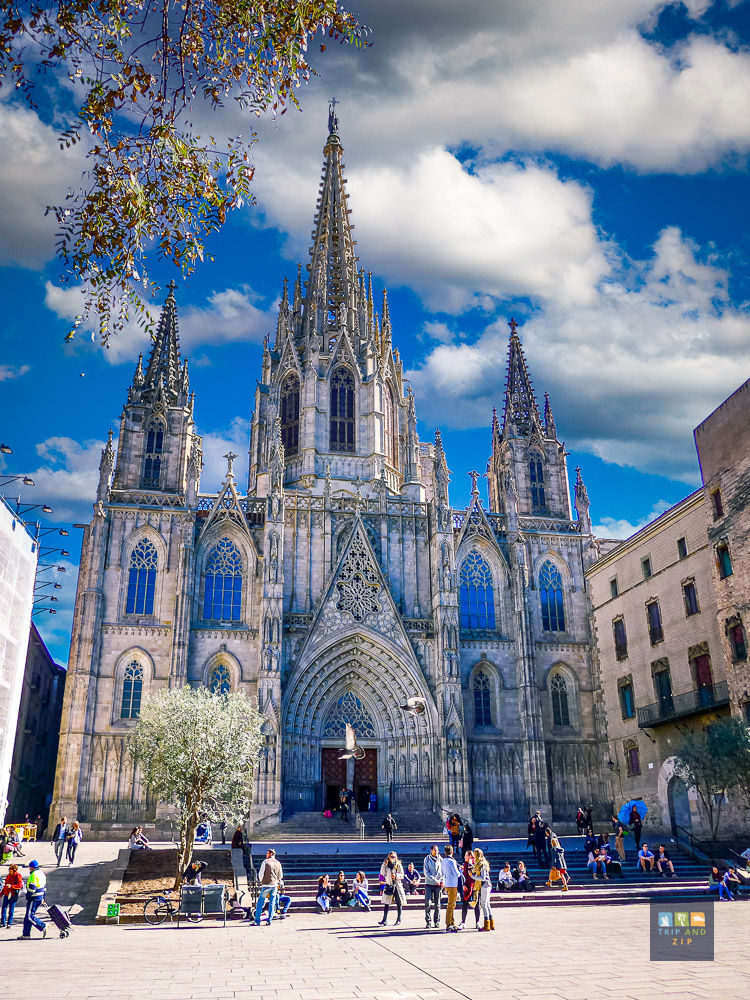
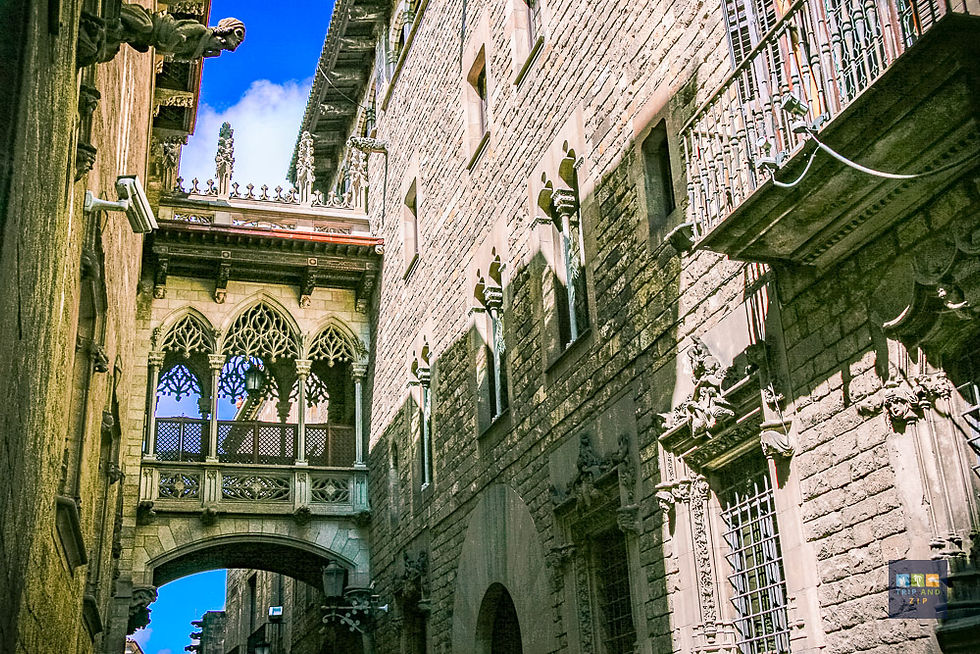
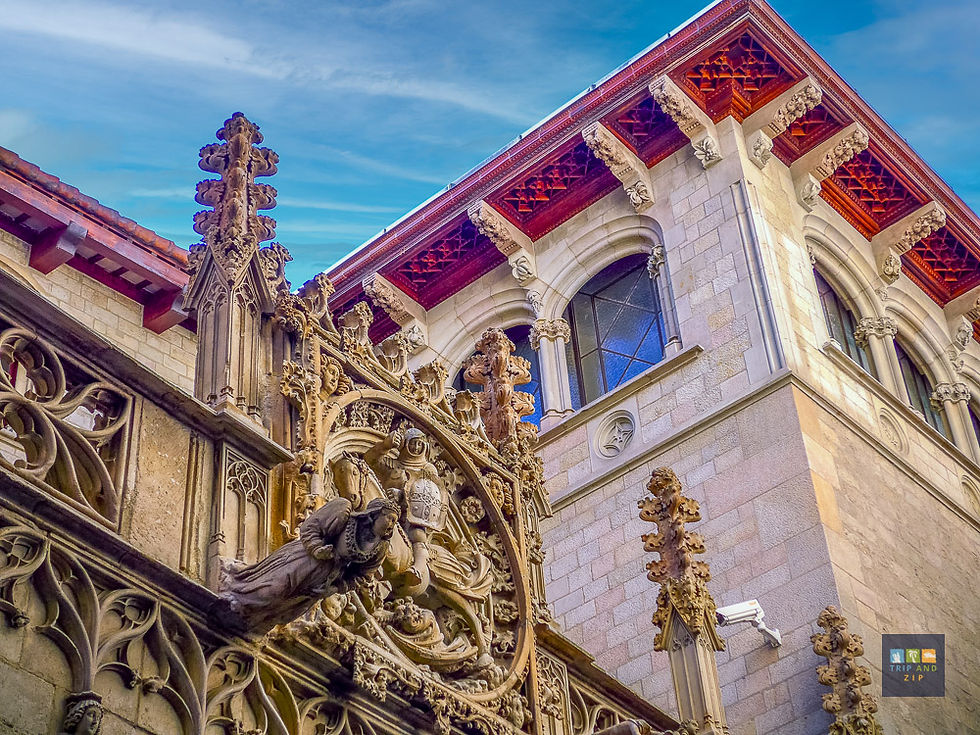
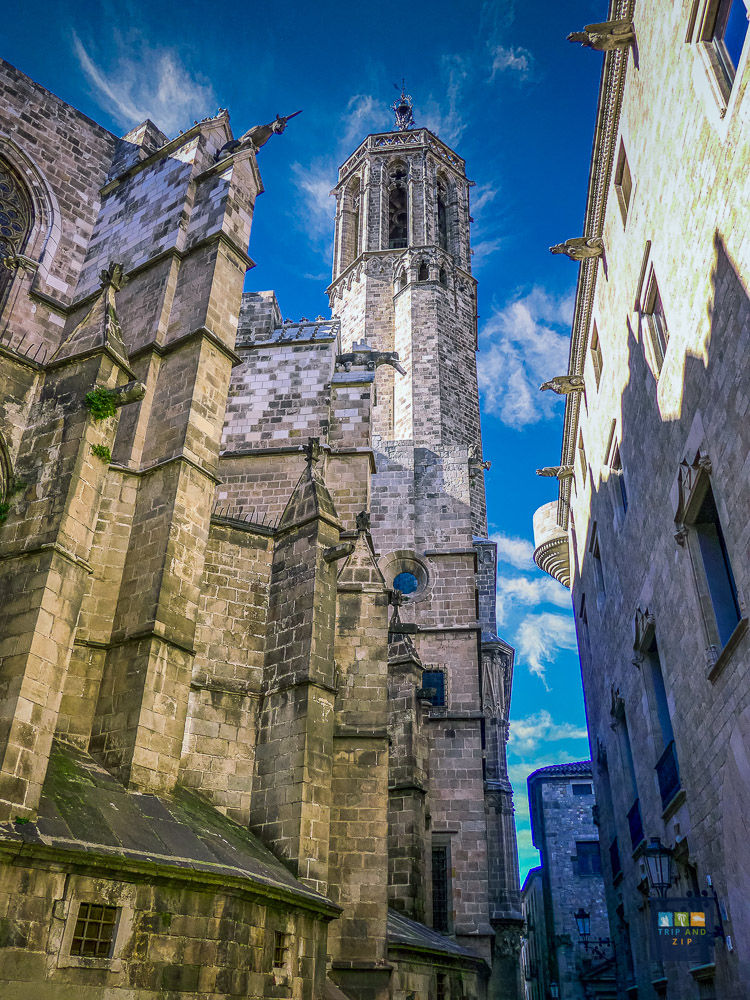

Barcelona is warm—not just in climate, but in the way it feels. The streets feel welcoming, the large windows of the buildings invite light in, and most areas we visit have a bright, open atmosphere. I don’t know what the city was like before the 1992 Olympics, but the investments made in infrastructure for the event are evident. The result is a city that breathes, with well-integrated architecture, parks, and public spaces.

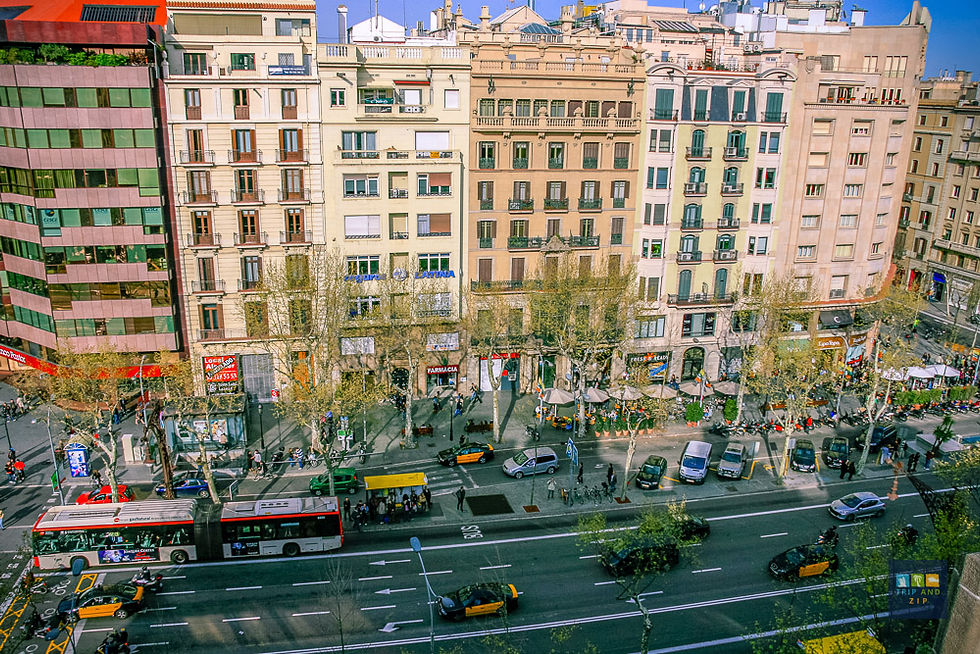

A Flamenco Night in Barcelona
Previous experiences in Spain convinced us to include a flamenco show in our plans. Thanks to a well-placed recommendation, found ourselves at Palacio del Flamenco.
Seeing flamenco performed live is an entirely different experience (yes, stating the obvious!). The intensity, the sharp movements, the emotion in every note and step, all create a performance that is impossible to ignore. One thing stood out—there seemed to be a clear hierarchy among the dancers. The most skilled performers were never the youngest. They carried the weight of experience, and the rest of the ensemble treated them with visible respect.
The performance covered different styles of flamenco, but I found myself most drawn to bulerías, with its dramatic, almost hypnotic energy.


Plaça d'Espanya and the Majesty of Montjuïc
In Barcelona, grandeur takes shape in Plaça d'Espanya, a vast square that serves as a gateway to Montjuïc. Flanked by towering Venetian-style columns, the plaza leads to the Magic Fountain, known for its evening light and water shows. Rising above it all is the Palau Nacional, home to the National Art Museum of Catalonia.
Perched on Montjuïc hill, this majestic palace offers sweeping views of the city, while inside, its halls hold an impressive collection of Catalan art, spanning from Romanesque frescoes to modernist masterpieces. The entire area, a blend of architecture, history, and spectacle, reflects Barcelona’s ability to merge past and present in a striking way.


La Boquería: A Market of Colors and Flavors
Back in the city center, La Boquería is more than just a market—it is an explosion of colors, scents, and flavors. Located just off Las Ramblas, it has been a gathering place for merchants and food lovers for centuries.

The first thing that hits me is the variety—stalls overflowing with fresh fruits, hanging cured hams, seafood still glistening from the morning catch, spices arranged in neat pyramids. The market is both chaotic and perfectly organized, with locals picking up ingredients for dinner and tourists marveling at the sheer abundance.
We stop for a quick snack—a fresh fruit smoothie and a cone of jamón ibérico—before continuing to wander through the aisles. The market is a perfect representation of Barcelona’s culinary soul, blending Catalan tradition with global influences.

Music in unexpected places and ..everywhere
There is a scene in Vicky Cristina Barcelona where two of the characters watch a flamenco guitarist playing in the streets of Oviedo. A moment like that is easy to find in Barcelona, whether in Barri Gòtic or Parc Güell.
We stopped to listen to a street musician whose playing held our attention longer than expected. He was selling CDs, and we bought one, assuming he was just another talented but unknown artist performing in city squares. Later, I looked him up and was surprised—he wasn’t anonymous at all. His name is Aníbal Palazolo, and it turns out that many people had already discovered his music.
A City That Leaves an Impression
Barcelona is a place that feels immediate yet complex. It welcomes you with its wide boulevards and open squares, but at the same time, it hides countless details in the corners of Barri Gòtic, in the curves of Gaudí’s architecture, in the rhythm of its music and dance. It is a city shaped by history and modernity, structured yet unpredictable, familiar yet full of surprises.
The first time I visited Barcelona, I barely saw it. This time, it was different. This time, the city revealed itself piece by piece.



Comments